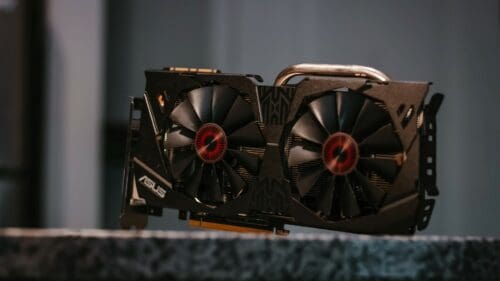Undoubtedly, the most frequently asked question about Unraid is whether it is worth the US$59 – US$129 it costs to purchase. After all, there are free and open-source alternatives such as the tried-and-tested TrueNAS CORE and its offshoot OpenMediaVault (OMV) available, both of which seemingly do the same job. With Unraid being based on Linux, there is sometimes an expectation for it to be freely available, just as its kernel is and that makes many potential users question what Unraid does differently to justify the cost. In a personal setting and despite not being free, Unraid is unequivocally the most worth compared to the competition. But that might not be for the reasons you are expecting.
worth
adjective
having a particular value, especially in money:
– Our house is worth £200,000.
having a particular amount of money:
– She must be worth at least half a million.
Whereas many will attempt to answer this question based on the features Unraid offers, I will be taking a different approach in this article: a literal approach. Is it possible that Unraid is the cheaper option long-term despite the one-time fee? Is Unraid worth it? For three reasons, I can confidently claim it is.
Unraid is a time-saver (and time is money)
Before switching to Unraid, I was heavily invested in TrueNAS CORE (or FreeNAS as it was called at the time). When I say invested it is meant in both a monetarily and time sense. Getting started with TrueNAS CORE wasn’t easy. That is despite having worked in IT for a number of years. Although certain aspects of its setup are sure to have changed in the last years, the basics of TrueNAS CORE, namely the ZFS filesystem and RAID-Z, are objectively more complicated than Unraid.
What this means for the user is that other, RAID-based operating systems, take up far more time and nerves to set up and maintain. For complete novices just deciding which RAID level to go with will take up multiple hours as that decision can’t easily be reversed, and you will likely be stuck with whatever you first choose.
Unraid, on the other hand, doesn’t give you many options to choose from. Sure, you can debate with which filesystem to go with, but apart from that everything is taken care off. That’s not to say that you cannot make Unraid more time-intensive if you wanted to. There are ways of using ZFS on Unraid and there is a possibility of an official implementation making an appearance in the future. But I do not foresee the initial setup of Unraid becoming more complicated even if that were the case.
Unraid lets you buy whatever hard drives you want
You’ve almost certainly read it a million times before but here I go again for the million and oneth time: Unraid’s biggest advantage over RAID-based systems is that you can mix and match hard drives of different sizes. How can this save you money? By simply allowing you to purchase drives when you want or need to. Deals on hard drives pop up frequently and by using Unraid you can buy a single drive and immediately increase your raw storage capacity. Or you might be lucky enough to find a hard drive in a good condition on the second-hand market. Thanks to Unraid you can bid for that drive without having to consider the cost of additional drives.
In a RAID-based system you will need to buy multiple drives at a time to expand your pool. And depending on what level you have chosen, one or more of the new drives will be used for parity or mirroring.
Unraid saves you power and replacements
Because Unraid writes to one disk at a time, other disks in the array can be spun down, which is turning on their idle mode. As data isn’t being striped across multiple drives, as is the case with many RAID levels, every file is on a drive in its complete form. When that file is copied, moved or manipulated, only the drive it resides on, and if needed the parity drive, has to be spun up.
While a single drive only consumes around 7.5W when in use, which is only a couple of watts more than its idle consumption, it does add up when a system is turned on 24/7. An additional factor many seems to neglect is that hard drives that aren’t powered up frequently will experience a lot less wear and tear. By having multiple hard drives in the same case spinning, the vibrations they exert on one another will be much larger. Even the vibrations we might not feel or hear can over time damage a drive, which is one of the reasons you should only ever use hard drives rated for 24/7 next to other hard drives should be used in NAS.
Verdict: Unraid is worth it
For the three reasons listed above, I believe Unraid is, in an economic sense of the word, worth the one-time cost you need to pay. The initial cost is made up by having more time to do other things that might make you money, being able to buy hard drives whenever you see a deal, and your drives lasting longer.
Keep in mind that I am in no way affiliated with Unraid or Lime Technology, Inc. Just as you would, I paid for my copy of Unraid after previously having used free alternatives.



